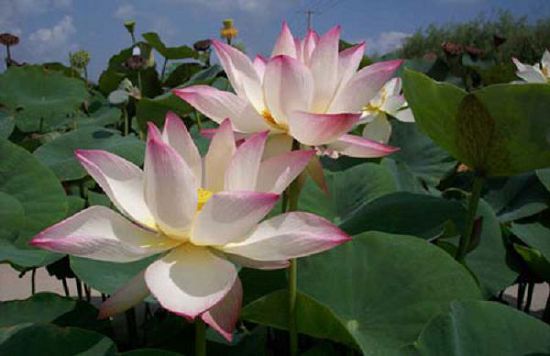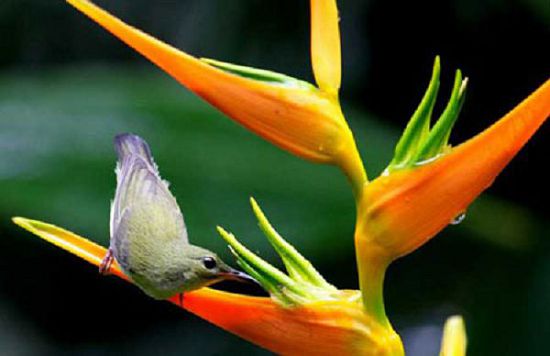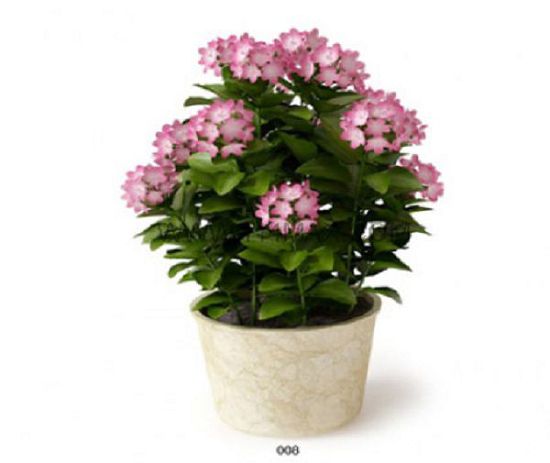Common Species and Cultivation Techniques of Aquatic Flowers

Cultivation Value of Aquatic Flowers
Aquatic flowers are important materials for arranging waterscape gardens. One lake and one pond can be used in many ways or only one kind. Together with pavilions, pavilions, halls and other garden buildings, they constitute scenic spots with unique taste. Great lakes can be planted with submerged species such as bitter vegetables, lakes and swamps can be planted with marsh plants, medium and small ponds should be planted with medium and small species of lotus or water lily, water hyacinth, etc. In ponds where mountains and stones are piled up, cattails and acorus should be planted at the edge of the pond, while aquatic iris and rush grass should be planted between rock crevices or crevices of rockery and waterfall. However, the number of aquatic flowers used in the layout of waterscape should not be too much, and the density should be required, and the flowers should be numerous, so that the plants do not cover the water surface.
Common species of aquatic flowers
1. Water plants: lotus, lotus, reed, cattail, Zizania latifolia, green onion, bamboo, bamboo, calamus, reed, black mitsui, etc.
2. Floating plants: water lily, water hyacinth, duckweed, nuphar, Chinese cabbage, arrowhead, water chestnut, gordon euryale, small floating lotus, etc., mainly lotus plants.
3. Submerged plants: bitter algae, black algae, hornfish algae, foxtail algae, lantern algae, eye vegetables, thorn algae, nutritum, etc., mainly aquatic plants.
4. Water herbs: Canna, barracuda, Lysimachia, Zailihua, aquatic iris, polygonum, pennisetum, cattail grass, alisma and other plants suitable for water growth.
Reproductive Techniques of Aquatic Flowers
1, sowing reproduction: aquatic flower sowing method is to sow seeds in a pot with culture soil, covered with sand or soil, and then immerse the pot in water, the process of immersion in water should be carried out gradually, from shallow to deep. The germination speed of seeds varies with species. The cold-resistant species germinate slowly, taking 3 months to 1 year. The cold-resistant species germinate faster, about 10 days after sowing. Sowing can be carried out indoors or outdoors, indoor conditions are easy to control, outdoor water temperature is difficult to control, often affecting its germination rate.
2. Plant division and propagation: most aquatic flowers are clustered or have underground rhizomes, which can be directly divided or cut into several sections for planting. When dividing rhizomes, pay attention to that each section must have terminal buds and tail roots, otherwise it is difficult to grow into plants. The sub-planting period is generally in spring and autumn, and some cold-resistant ones can be carried out in late spring and early summer.
Cultivation Techniques of Aquatic Flowers
Sunshine: Most aquatic plants need sufficient sunshine, especially during the growth period (i.e. between April and October each year). If the sunlight is insufficient, it will cause excessive growth, small and thin leaves, and no flowering.
2, soil: in addition to floating plants do not need subsoil, planting other types of aquatic plants, must use field soil, pond mud and other organic clay soil as subsoil, in the surface layer of one to two centimeters in diameter of coarse sand, can prevent irrigation or vibration caused by water turbidity phenomenon.
3, fertilization: oil meal, bone meal jade fertilizer as base fertilizer, about put four or five jade fertilizer in the corner of the container can be, waterside plants do not need base fertilizer. Chemical fertilizer is used instead of organic fertilizer to avoid pollution of water quality. The dosage is ten times thinner than that of ordinary plants.
4, water level: aquatic plants according to different growth habits, the requirements for water depth are also different. Floating plants are the simplest, requiring only sufficient water depth to float. For submerged plants, the water height must exceed that of the plant so that the stems and leaves extend naturally. Waterside plants keep the soil moist and slightly stagnant. Water plants must be kept at a depth of 50 cm to 1 m because their stems and leaves stick out of the water. Floating plants are more troublesome, the water level must be adjusted according to the length of the stem, so that the leaves float on the water surface in a natural state.
5, thinning: If mixed planting of various types of aquatic plants in the same pool, must regularly thinning fast-growing species, so as not to cover the water surface, affecting the growth of water lily or other submerged plants. When floating plants are too large, when the leaves cover each other, they must also be divided.
Water change: In order to avoid mosquito breeding or deterioration of water quality, when the water is turbid, it must be changed, and the number of water changes must be increased in summer.
- Prev

Breeding methods and pest control knowledge of potted flowers and birds of paradise
Breeding methods and pest control knowledge of potted flowers and birds of paradise
- Next

How to maintain and manage potted flowers when traveling on business?
How to maintain and manage potted flowers when traveling on business?
Related
- What if the leaves of potted flowers turn yellow?
- Florescence Control of several Flowers
- Anti-freezing technology and post-freezing nursing technology of flowers
- What is the classification of flowers? What are the common methods of flower classification?
- Prevention and control of alkali and acid damage of flowers in courtyard
- Technology of Anti-freezing and restoring growth of Flower seedlings in greenhouse and greenhouse
- How does flower fertilization not hurt the root? Fertilization technology of flowers
- Key points of disinfection in flower greenhouse
- Several pesticides that are banned or used cautiously in flowers
- How to fertilize the flowers that watch the leaves?

